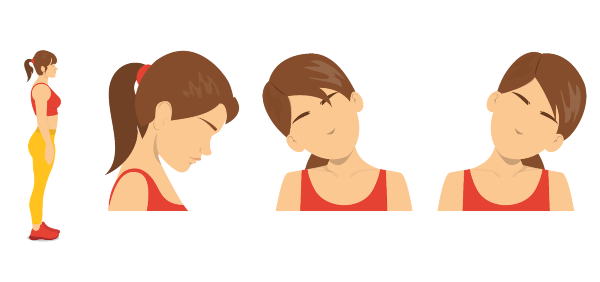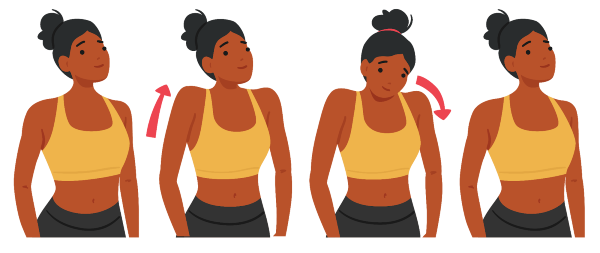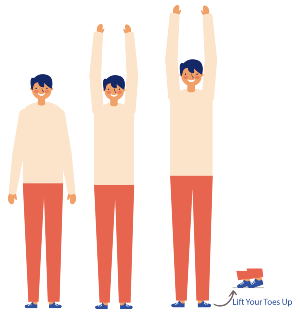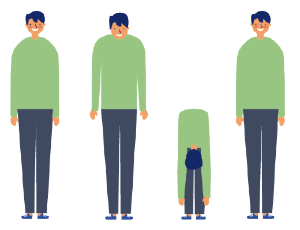
Table of Contents
A lot of people believe in the myth that singing requires a naturally good voice. However, every voice can sound beautiful with proper care and skills.
Whether singing a Bollywood tune, a classical raga, or a traditional bandish - more than hitting the right notes, it's about mastering breathing techniques, posture, and more.
Singing is indeed a skill, but refining these skills transforms it into an art. And if singing is the art, then riyaaz is the craft that brings it to life.
These 7 tips included in an everyday routine can transform anyone from a casual bathroom singer to a trained vocalist:
1. Omkar and Meditation
You can have a stable voice only when you have a stable breath.
Our brain is full of random stuff which doesn’t let us focus. The core of meditation is focusing on your natural flow of breathing while watching your thoughts come and go, which creates more headspace and eventually helps in having a stable and deep breathing pattern. You can have a stable voice only when you have a stable breath. Meditation improves concentration and brings stability to your breathing.
The next thing is doing omkar, which is made of a-u-m and it helps in overall development of your voice as the ‘a’ in it creates the natural flow of voice from the stomach, ‘u’ involves the chest voice and ‘m’ is basically humming which involves the nasal voice. When you practice omkar, it creates a sensation in your whole body.
2. Kharaj Riyaaz
Have you ever felt the crackiness in your voice when you wake up? This is the best time to do 'kharaj riyaaz', which basically means singing bass notes. And the better you are able to hold a note in the bass, the more smoothly you will hit the high notes. Because when we are developing our voice with bass notes, we are closely working with the breath and the throw of the voice.
Imagine a building with a weak foundation and too many floors; what will happen when a storm comes? It will fall. Similarly, if you try to hit the high notes before practicing bass notes, your voice will break. You will be a good singer if you can hit every note within your range. Don’t forget to drink warm water at intervals to avoid fatigue during this stage.
3. Find your Pitch
Just like every matter on Earth, every voice has its natural frequency, which we call pitch—basically your 'Sa.' Sa means the note at which your voice is in the best relaxed state to sing. Ask your guru for that, or you can find it yourself by feeling the way your voice behaves at different pitches. Set the tanpura at your Sa and sing for as long as possible in a single breath.
Once you can hold a note properly, you can start Sa - Pa - Sa' riyaaz to command your voice and pitch. Also, do the riyaaz of Sa - Pa - Sa’ in all three octaves. You can take the help of a tanpura or an online piano using free music tools. And it's better if you do it with the notes of the raag you're going to sing because then it will prepare you for the emotion of that raag and you'll be able to relate to its thought process. You may use tabla in the background rhythm to sing the paltas.
Don’t strain your voice too much; your voice develops in the kharaj stage of riyaaz. Now is the time to sing with your heart, and you'll feel a natural ease.
A simple swar practice:
4. Warm-Up
Just like you stretch before doing a physical workout, you need to do the same before singing because riyaaz is the vocal workout.
You can start with humming, which will create a buzz in your head and bring you in the mood to sing.
Once you are done with that, shift to 'hakaar' because when you say 'ha,' the voice opens up and naturally comes from the abdomen. Once it becomes smooth, you can start removing the 'ha' element from it and do the 'aakar' riyaaz. When you do this, you get the natural texture and tone of your voice.
After that, shift to vowel riyaaz, where you will do aa, aye, ee, oo, uu. Vowel riyaaz will help you in singing Bollywood songs with much more ease because most Bollywood songs end with a vowel sound.
Don’t skip any step. You may find it boring and tiring in the beginning. But these are the building blocks of being a great singer. And once you start observing the results, it will motivate you to practice these steps regularly.
5. Sitting Posture
Don’t feel shy to move your hands sometimes; it's a sign of involvement, not showoff.
The way you position your body can significantly impact your singing voice. Keep your head level high, spine straight, abdomen flat, and knees locked in a sitting position to maintain a perfect 'baithak.'
Ensure your chest and shoulders are open and relaxed to avoid pressure on the neck and allow natural breathing without getting disturbed from any muscle tension. This will help you control and use your breath properly while singing.
Sitting in the perfect posture makes singing easier by eliminating external hindrances to voice production, allowing you to focus solely on your voice. You may keep your hands relaxed near your knees or gently sway them while singing a particular taan.
Don’t feel shy to move your hands sometimes; it's a sign of involvement, not showoff.
6. Don't forget to Cool Down your Voice
After singing the Raag, ensure that you cool down your voice. You may sing or hum some phrases of the raag or the pakad to reach back the Sa swar and then rest your voice.
You can also breathe in and out and normalize your breath. By normalizing your breath and voice you will be good to sing for the next performance.
7. Physical Warmups
A singer’s instrument is their whole body.
Warming up before singing is one of the most important rules of singing. A singer must not perform, or do a vocal workout without warming up first.
A common mistake that we make is that we consider that only our voice is the instrument and focus mainly on activities related to our throat. But a singer’s instrument is their whole body. The state of the body affects the state of the voice. So if we tense up our neck or shoulders, it will impact our vocal performance. Some stretching and facial exercises could go a long way and make it easier for our vocal cords to function effectively.
Let’s talk about a few exercises we can do to warm up our bodies before singing:
a. Head Rolls

Step 1- Stand with good posture.
Step 2- Gently and slowly hang your head down, bringing your chin close to your chest.
Step 3- Let your head hang this way for two or three seconds. (Don’t push your head down; let it hang. )
Step 4- Then start gently rolling it towards your left till your left ear is close to your left shoulder. Hold this position for 2-3 seconds. Then roll your head slowly towards the other shoulder. Repeat this 5-10 times according to your comfort.
Benefit: This stretches your neck and upper back muscles.
b. Shrugs (Shoulder Rolls)

Step 1- From a neutral posture, roll your shoulders forward and slowly roll them up to your ears.
Step 2- Slowly roll them back, trying to touch the shoulder blades, and roll them down to the starting position.
Step 3- Now roll them in the opposite direction.
Repeat 4-5 times.
Benefit: This will release tension in your shoulders and upper back.
c. Tall like a Tree

Step 1- From a neutral posture, Put both your arms up as if you are trying to touch the ceiling.
Step 2- Stretch upwards with your arms and feel the stretch from your arms, neck, ribs down to your waist.
Step 3- Stand on your toes to feel it all the way till your feet. Hold for 3 or 4 seconds and release. Repeat 4 or 5 times.
Effect: This one is meant to stretch your entire body.
d. Rag Doll

Step 1- From a neutral posture, Start by lowering your head, bringing the chin close to the chest.
Step 2- Slump the shoulders forward and start rolling down slowly, one vertebra at a time, till your torso is bent at the waist.
Step 3- Do not try to touch your feet or stretch the lower back but just allow your head and hands to swing loosely.
Step 4- Breathe normally for a few seconds and then start rolling back up again one vertebra at a time, with your head being the last to come up.
Step 5- Repeat if you still feel tense or tight in your neck, shoulders or lower back.
Benefit: The Rag Doll exercise is very effective in loosening up the muscles in your upper body, and also the calves and hamstrings. The aim is to bend at your waist and let your torso hang loosely like a ‘Rag Doll’.
